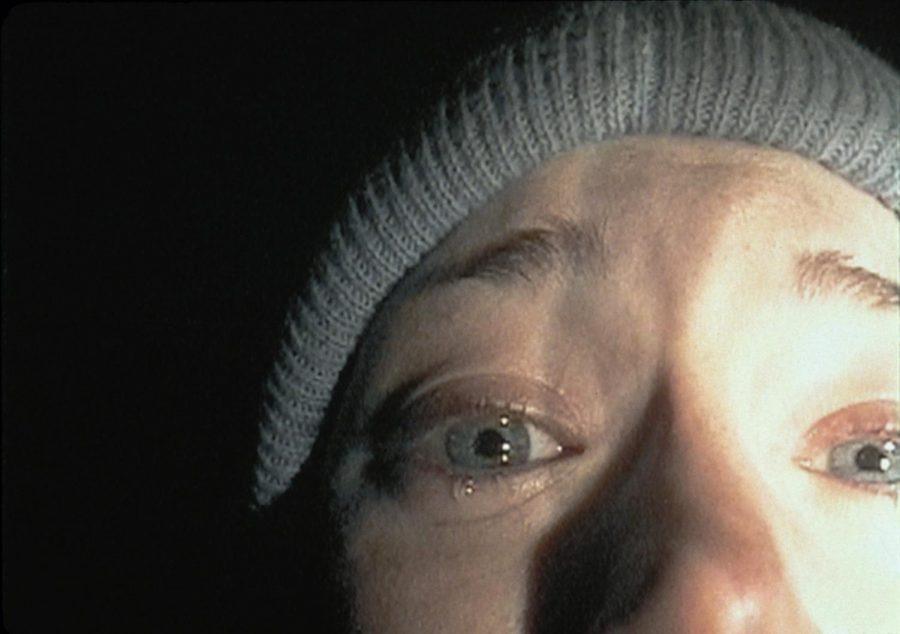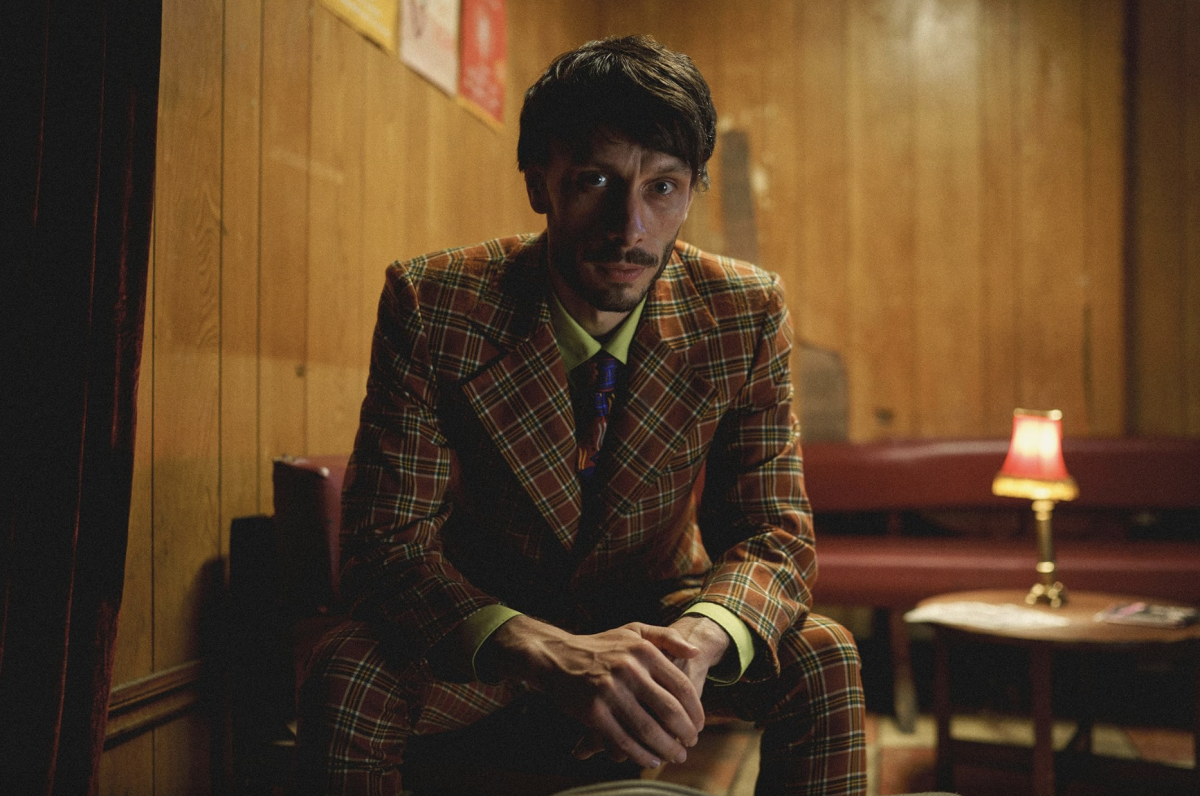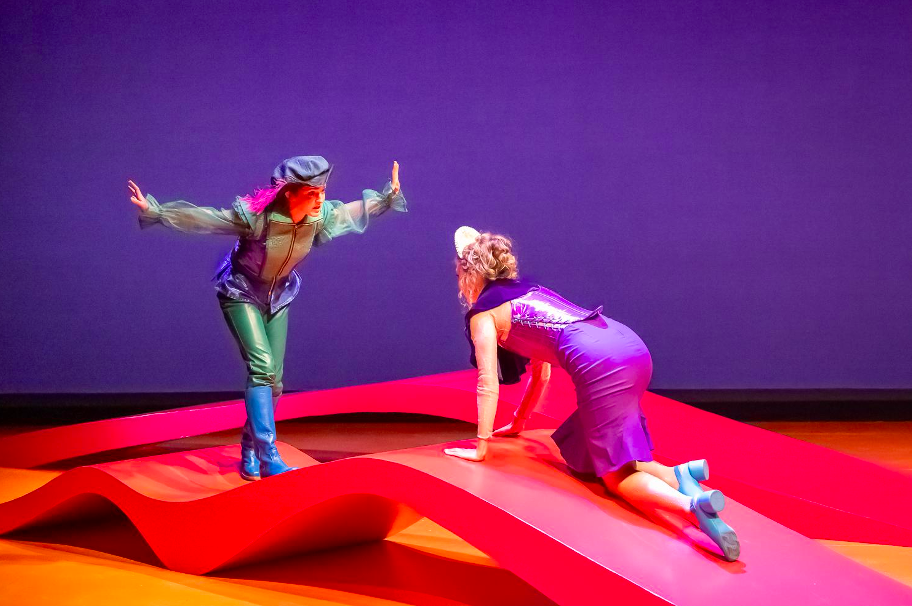Twenty years ago, on Oct. 18, horror was changed forever. “The Blair Witch Project,” made by two directors and three unknown actors on a budget of $60,000 premiered at the Sundance Film Festival. It was sold to Artisan Entertainment for $1.1 million just hours later and eventually grossed $248 million in the box office worldwide. It’s one of the most successful independent movies of all time.
“The Blair Witch Project” tells the (purportedly true) story of three student filmmakers investigating the local legend of the Blair Witch in the Black Hills of Burkittsville, Maryland. The movie was shot and aggressively marketed as “found footage.” The actors themselves filmed their fictional interviews with the townspeople and their trek into the Maryland woods with handheld cameras.
Directors Eduardo Sanchez and Daniel Myrick first conceived the idea of a “found-footage” horror movie as film students at the University of Central Florida in 1991. It wasn’t until 1997, however, that Sanchez and Myrick began casting the movie. Sanchez explains that in order to find the right actors for the job, the audition process was simply one of improvisation; the actors and actresses were told they were in front of a parole board, and needed to plead a case for early release from an 18-year prison sentence. When the actors – Heather Donahue, Michael C. Williams, and Joshua Leonard – were chosen, production began.
The three aspiring actors were left mostly alone in the woods of Maryland after only a two-day “film school” on camera work. Their “script” was a 35-page outline with absolutely no dialogue. Everything was improvised, giving “The Blair Witch Project” the authentic feel for which it is held in high regard.
The directors and producers interacted with the actors as little as possible, usually only to scare them or deliver new film canisters for their cameras. In an interview with The Guardian, Myrick said that they “would say things like: ‘Heather, you’re absolutely sure that to get out of this mess you go south. Don’t take no for an answer.’ Or: ‘Josh, somewhere along the way today, you’ve had it with this bull—-.’ They had the freedom to decide how to play it: we only intervened if we felt they needed to tone things down. Then there were the “gags” we’d pull at night that they had to react to – like hearing the children’s voices, or feeling the tent being shaken.”
One of the directors explained in another interview: “Somehow they trusted us enough to let us, you know, kind of mess with them and build this world around them.” Although the plot was fictional, the actors felt alone in the dark woods with nothing but cameras and scary sounds. Real emotion was caught on film, and that makes “The Blair Witch Project” work as well as it does.
What really made “The Blair Witch Project” effective, however, was what was perhaps the first viral marketing campaign. In 1998, a year before it was even set to release, Sanchez and Myrick created a website devoted to the backstory of their fictional characters. They used the actor’s real names, biographies, and childhood photos, and posted faux police reports and news clippings reporting the actors as missing.
The internet was in a sweet spot where it was just becoming widely used and reputable, but not so much so as to allow people to find the truth or discredit the site. On July 11, 1999, months before the release, SyFy aired an hour-long special, Curse of the Blair Witch, a fictional documentary on Burkittsville, Maryland and the ghost that had haunted it, and reported three students missing.
Sanchez and Myrick went so far as to go around in person posting missing persons flyers that instructed anyone who saw the actors to call the Frederick County Sheriff’s Office. “We were specifically not invited to the Cannes premiere, and for a while, were listed as deceased on IMDb,” said actor Joshua Leonard in an interview. In a time before social media, the age of information, constant communication and fake news, no one had any reason to question any of this. Even after attending the theater, moviegoers believed “The Blair Witch Project” to be a true story.
In an interview with Buzzfeed, actor Michael C. Williams recalls that after friends had heard about and seen the movie, his family began to receive condolences from those believing he truly had met his end. What “The Blair Witch Project” did best and what made it blow up the way it did, was create conversation. It blurred the lines between reality and fiction.
These controversial marketing tactics did not sit right with everyone, however. Many moviegoers felt cheated when they learned that the actors were just that: actors. “But imagine pissing people off when they find out you’re alive! They’re angry about that. That’s odd,” Williams said.
You can find thousands of people on the internet with a great dislike for the movie, claiming nothing interesting happened, that if it’s not real then it’s just dumb. Perhaps the magic has been lost: we know it is fake, a crappy sequel has been released, one of the actors stared in “Bates Motel.”
The lasting impact of the movie, however, can’t be denied. Without “The Blair Witch Project,” we would be missing such a large subsection of not only horror, but movies in general: teen comedy “Project X,” sci-fi’s such as “Project Almanac” and “Chronicle,” and Jake Gyllenhaal’s “End of Watch.” The iconic “Paranormal Activity” series, Spanish horror “[REC]” and its American counterpart “Quarantine,” and 2014 teen slasher “Unfriended” all would have never existed if “The Blair Witch Project” had not paved the way. Despite the twenty years that have passed, no film has managed to recreate the 1999 frenzy of “The Blair Witch Project.”
Madison Cushing can be reached at [email protected].



















